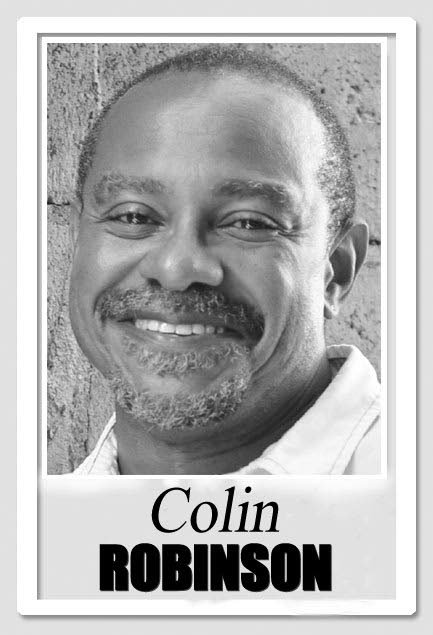Catalysing civil society efficacy

That’s a mouthful.
It’s my Recovery Roadmap high-level committee (RRH) submission. But if I can break it down here, maybe it deserves the RRH’s attention. Despite the secrecy of some RRH documents, ours are public: bit.ly/RecoveryRoadmapResources_CAISO.
Our prime minister caught many ears with his RRH inaugural remarks, naming civil society among key actors driving recovery. While the “government sector must become a more agile partner, removing unnecessary bureaucracy and enhancing its execution capability to directly stimulate and enable development,” and must “continue to support social systems,” “conceptually,” he noted, “non-governmental organisations can enhance the Government’s execution…The readiness and health of this sector to be deployed must be evaluated.”
The submission addresses this readiness.
Nine years ago, a group of us assembled in Montego Bay to talk about a new regional funding stream were asked: What did we need as local organisations on the frontlines of responding to HIV on behalf of its most “vulnerable” communities?
I got picked as our reporter. We talked about our many assets, our closeness, knowledge and trust with communities, our ability to analyse problems at the grassroots, our agility to respond and innovate. We played key roles in development and social inclusion. We had advantages the State and large groups didn’t.
We didn’t necessarily need scale to achieve results. But the need we agreed we all shared was something often called infrastructure.
There were specialised management skills all of us could benefit from in accounting for resources, and in complying with a growing list of donor obligations. Similarly, the smarts to mount evaluation research, to assess how and why the ideas we were generating were in fact having an impact; access to where “in the literature” others had forged solutions to problems we had a unique view of. These services weren’t easy to afford; or those that were were in pretty short supply. None of us needed to invest in these singly, either – none of us required a full-time evaluator or accountant or full-scale accounting software.
These were all things we could share. What we needed was a “back office” that would provide each of us with customer-driven services of a reliable quality. Pooling their delivery saved everyone. And freed us to do what we do uniquely. What we desired was someone to develop a mechanism to do that. Our out-of-pocket costs would drop even further if we convinced government or donors to invest in the structure.
The root of this management capacity problem is traceable to a wholesale shift among donors from supporting good groups through flexible grants to funding “projects.” “Administrative” costs – the backbone of an organisation’s capacity to get all of its programmatic work done – have become anathema; grantees are expected to get by on stingy overheads donors never make themselves do. Some simply won’t fund staff at all. So groups succeed only when they achieve the scale to rack up lots of project grants, since no one of these covers even the business cost of doing the project.
Some groups get lucky with professional or student volunteers in high-skill management tasks, but not always with the quality or reliability required; and many in poorest communities simply don’t attract these.
Since that 2011 meeting, I’ve tried to sell this simple shared-services idea to many. Unfortunately, it’s been crowded out in a donor-supported industry where third parties are paid handsomely to do what’s called “capacity-building” for others in these acknowledged areas of non-profit need. Even tertiary institutions have joined this gravy train, which ends up delivering lots of trainings and “standard operating procedures” documents that you can count and bill for; but have little impact on recipients’ capacity. And no one is really measuring.
The misconception is that teaching the same small team of underpaid workers and volunteers 12 new skills (often by taking them away from their organisations) will magically mean they have human capacity to do 12 new roles.
An analogy is trying to teach every single person to fish and farm and hunt for themselves and expecting them – often without land or seeds or boats – to do all of these.
Instead, a village could get together and support a group of shared agriculturalists and equipment to feed itself.
Civil society is both required and ready in building national recovery. But strong and strategic state investment is needed to leverage our enormous assets. If RRH is looking for a mechanism to ensure the health of civil society’s recovery response, one already exists.
And investing is timely. That shared-management-services mechanism idea has found new champions – leaders elected in 2014 to a national Civil Society Board; a NextGen panel of change-makers convened by the Inter-American Development Bank (IDB); the foundation started by visionary independent senator Angela Cropper. The IDB itself is about to launch a pilot. The Government could join international donors poised to support.
I’ll talk in coming weeks about other measures in the submission.


Comments
"Catalysing civil society efficacy"